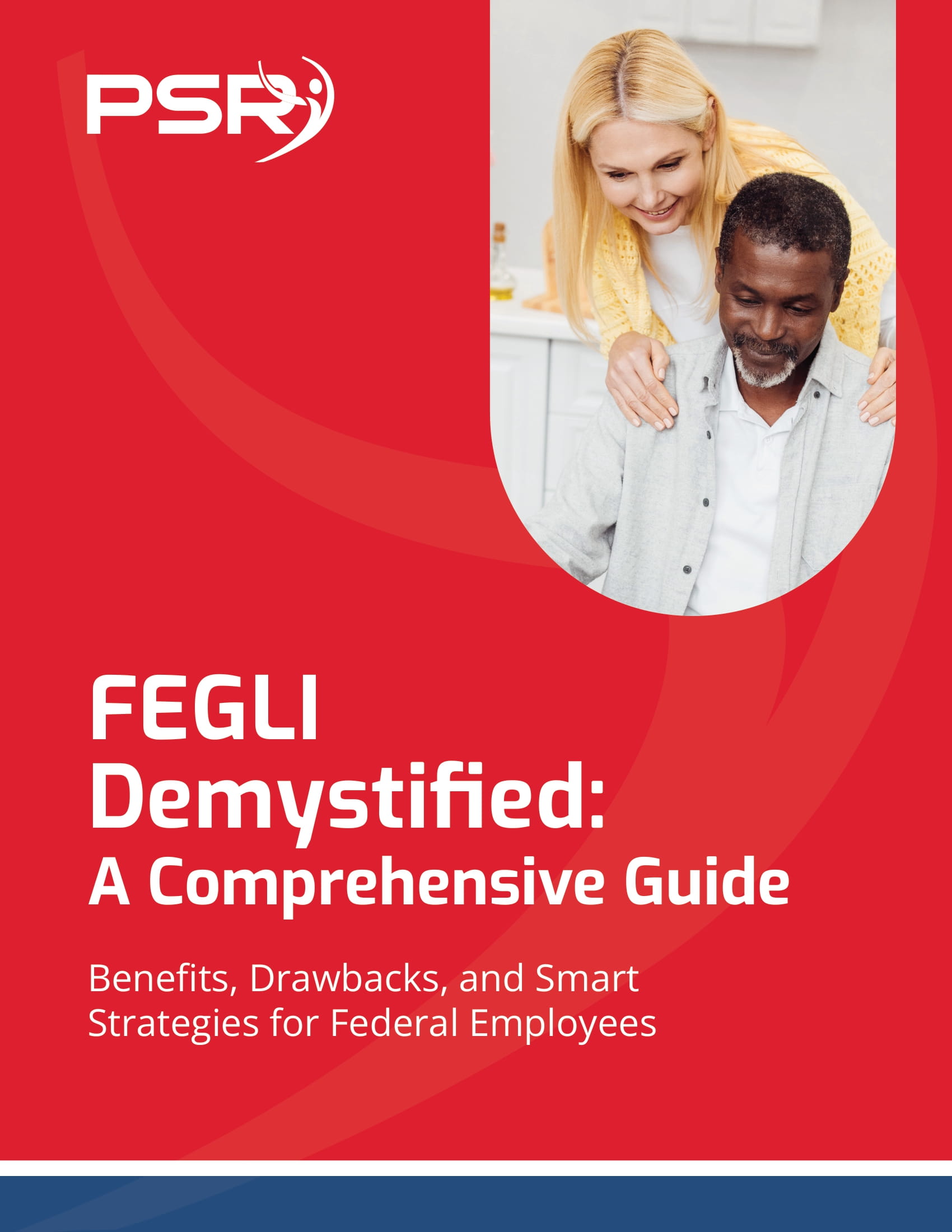Key Takeaways
-
FEGLI premiums increase significantly as you age, especially for retirees who keep coverage into their later years. Exploring alternatives and adjusting your coverage can help reduce costs.
-
Regularly reviewing your FEGLI coverage, understanding the cost structure, and considering life insurance alternatives are essential steps for managing expenses effectively.
Understanding FEGLI and Why It Can Get Expensive
- Also Read: FERS Annuities Are Rising—What Federal Employees Should Know About the New Changes
- Also Read: Why FAA Employees Are Taking Advantage of Special Programs to Retire Earlier Than Ever
- Also Read: Military Families Are Taking Advantage of New Policy Changes to Get the Most from TriCare and FEHB
The main issue with FEGLI is the way premiums are structured. Unlike many private life insurance policies, FEGLI premiums are based primarily on your age. This means that as you grow older, your premiums increase sharply. For retirees, this can be a significant financial burden if you don’t plan ahead.
The structure of FEGLI premiums is often misunderstood. Unlike fixed-premium policies offered by some private insurers, FEGLI follows an age-banded model, where costs steadily increase in predefined age groups. This age-banded approach continues to be a major reason why retirees often face financial challenges when trying to maintain coverage beyond their working years.
Why FEGLI Premiums Increase with Age
FEGLI premiums are structured to rise as you age, particularly for the optional coverage known as Option B. Option B allows you to add coverage equal to one to five times your annual salary. However, as you get older, especially after age 55, the premiums for Option B begin to climb steeply.
-
From ages 55 to 59, the premiums increase moderately. During this period, you may notice the cost of coverage gradually rising, but it is still manageable for many employees.
-
From ages 60 to 64, they jump even higher. This phase is often when the sticker shock truly begins, as premiums can double or even triple compared to earlier years.
-
After age 65, the cost of coverage becomes especially steep. Premiums at this stage can be prohibitively expensive, forcing many retirees to reassess whether continuing coverage is financially feasible.
This pricing structure is designed to reflect the increased risk of death as people age. However, it also means that federal employees and retirees who maintain high levels of coverage under Option B will see their premiums skyrocket as they get older. It’s important to note that other optional coverages under FEGLI, such as Options A and C, also increase with age but not as dramatically as Option B.
How FEGLI Affects Retirees in 2025
As of 2025, FEGLI remains a popular choice for many federal retirees. However, the sharp increases in premiums post-retirement continue to catch some off guard. Retirees who keep their coverage beyond the point of active employment may find themselves paying much higher premiums than they anticipated.
-
Basic Life Insurance: The government continues to pay part of your premium if you keep Basic Life Insurance into retirement. However, even this coverage becomes more expensive with age. For retirees aged 65 and older, the cost of Basic Life Insurance is no longer partially covered by the government if you opt for full coverage rather than the 75% reduction option.
-
Optional Coverage: Options A, B, and C become increasingly costly, with Option B being the most notorious for steep premium hikes. While Option A offers a fixed $10,000 benefit, its premium increases are relatively moderate compared to Option B. Option C, which provides family coverage, also experiences premium hikes, though these are generally less dramatic than Option B.
Strategies to Manage Your FEGLI Costs
Managing FEGLI costs effectively requires a proactive approach. Here are some strategies to consider:
1. Reevaluate Your Coverage Needs
It’s essential to periodically review your coverage to ensure it matches your current financial situation and needs. As you approach retirement, your life insurance needs may change. Children may be financially independent, or you may have other investments or retirement savings that reduce your need for extensive coverage.
-
Assess Your Financial Situation: Take a close look at your existing assets, liabilities, and overall financial goals. As your financial landscape changes, so should your insurance coverage.
-
Consider Your Dependents: If your children are financially independent, you may not need as much coverage as you did when they were younger.
2. Consider Reducing or Eliminating Optional Coverage
Since optional coverage under FEGLI is the most expensive, particularly Option B, reducing or eliminating this coverage as you age can save you significant amounts of money. Evaluate whether the coverage you have is necessary or if your financial circumstances have changed.
-
Option B: Carefully analyze whether the high premiums are worth the added coverage. You may decide to reduce your coverage to a lower multiple of your salary or eliminate it altogether.
-
Option C: If your family’s needs have changed, consider adjusting this coverage to better align with your current situation.
3. Explore Private Life Insurance Alternatives
While FEGLI is convenient for federal employees, private life insurance policies may offer more competitive rates depending on your health status and other factors. Exploring alternatives can help you find coverage that better suits your budget and needs.
-
Compare Policies: Look for level-premium policies that don’t increase with age.
-
Consider Term Life Insurance: For those in good health, term life insurance policies can be a cost-effective alternative.
4. Take Advantage of Open Season Opportunities
Each year during the FEGLI Open Season, you have the chance to adjust your coverage. This is a good time to review your current plan, consider your financial goals, and make adjustments to reduce your overall costs.
5. Consult a Licensed Agent for Professional Advice
Navigating life insurance options can be complicated, especially as you approach retirement. Consulting a licensed agent can provide clarity and help you make informed decisions that align with your financial goals.
Making Smart Choices for Your FEGLI Coverage in 2025
Effectively managing your FEGLI coverage in 2025 requires regular reviews and strategic adjustments. Staying proactive about your coverage can make a big difference in your retirement planning. Be sure to assess your needs, explore alternatives, and seek professional advice if necessary. For tailored guidance and support, get in touch with a licensed agent on this website.









